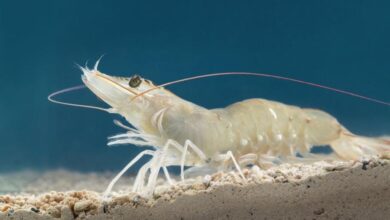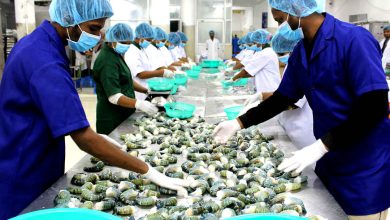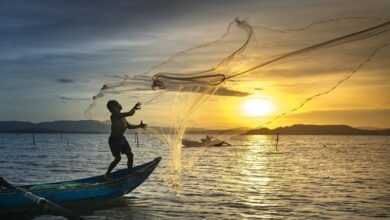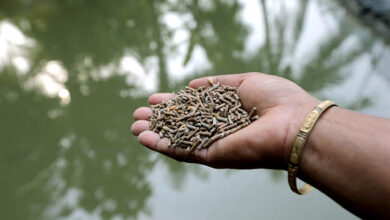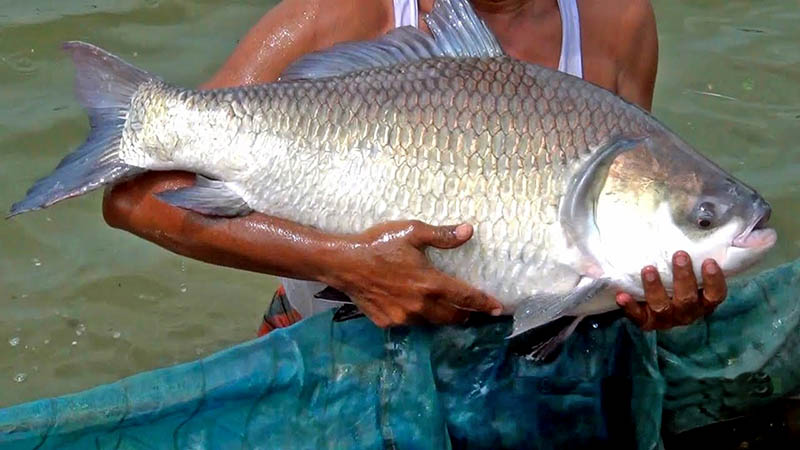
The development of Bangladesh’s aquaculture industry can be greatly aided by the use of more effective methods of management of carp culture. Fish growth is based on both artificial feed and fish food that grows in ponds. Despite using manure and fertilizers, farmers are still far from doing the best job of identifying and utilizing their available material, financial, and human resources.
Although fish farmers can make money by producing and selling fish, many of them still need to enhance their management techniques to get better, safer, and more lucrative results.
One of the least expensive methods to feed humans protein is to produce and consume fish. Effective use of water and land resources is also crucial, though.
Carp culture site selection:
The site’s suitability is crucial since it directly affects whether it is possible to produce fish that will be marketable. To produce fish with consistent long-term physical and monetary results, a certain production infrastructure and environment must be established and maintained. When designing a new fish farm, the potential location should be thoroughly studied, taking into account the site’s quantitative and qualitative properties as well as the quantity, quality, and availability of water. The geography, soil, and climate of the site should be suited for carp culture.
Ponds, tanks, buildings, roads, and fences are examples of agricultural infrastructure. Pumps, aerators, grinders, and feed mixers are examples of machinery. Vehicles include boats, tractors, vans, lorries, and/or trucks.
Brood/Seed Selection:
Successful carp culture starts with high-quality fish seed, which is dependent on the broodstock. The development of high-quality offspring in the form of good-quality eggs, feeding larvae, and advanced fry in the appropriate amounts will be ensured by developing and maintaining broodstock in a controlled pond environment without relying on wild populations of unknown and unpredictable performance.
Carp Culture Pond preparation:
Pond preparation requires knowledge of and adherence to a few key concepts. Before usage, pond bottom and underwater slopes of dykes should be disinfected with lime in the recommended proportion. Pond bottom must be maintained dry during the winter and cleaned and tilled. Manure and fertilizers improved the productivity of water. Filtered water should be added to ponds before being manured or fertilized the same day the larvae hatch.
Fish stocking:
A well constructed nursing pond may hold between 1 and 2 million feeding larvae per acre. Typically, fish transport containers or plastic bags are used to move larvae from the hatchery to the pond, and oxygen should be employed. Equalizing the temperature of the water used to convey the animals to the pond should be a top priority while stocking. Larvae ought to be gently released in evenly spaced groups along the pond’s wind-protected margins.
Feeding Habit:
Because they eat both vegetation and meat, carp are omnivores. They lack a real stomach, like all fish in the Cyprinidae family, and instead have a lengthy intestine that is longer than their body length. Carp must constantly graze for food because they lack a stomach (to store food in). Barbels around the mouth of carp serve as feelers to aid in the pursuit of food. Their barbels are crammed with taste buds, demonstrating the significance of this sense in detecting food. Carp can never actually view the food they are eating because of their inferior mouth posture, which points downward.
Nutritional Diet:
Feeding with high-quality feed that is of the right consistency. To reach around 1 mm at the conclusion of the nursery period, feed particle size should gradually rise from 0.2–0.3 mm at the beginning. It’s best not to overfeed. To guarantee a balanced diet while feeding carp artificial feed, it is important to take into account their nutritional needs. Carp typically need to consume between 30 and 35 percent protein in their diet, or 12 grams of protein for every kilogram of body weight. With dietary fat amounts of between 5 and 15%, they function well.
Water quality parameters:
Temperature, pH, oxygen, carbon dioxide, nitrogen compounds, organic materials, inorganic contaminants, and pesticides are some fundamental indicators of water quality. All of them ought to be examined on a regular basis or whenever issues arise.
Fish growth and eating habits are influenced by water temperature. When temperatures are fluctuating unexpectedly or when they are consistently close to a fish’s maximal tolerance, stress and illness outbreak are common. Fish should therefore be moved from one site to another gradually to allow for acclimatization. Compared to cool water, warm water has less dissolved oxygen. Fish generally double their rate of metabolism, chemical reaction, and oxygen use for every 10°C rise in temperature.
More fish deaths are caused by low dissolved oxygen levels than by all other issues combined, either directly or indirectly. The relationship between oxygen consumption and size, feeding rate, activity level, and temperature is clear. Because of their faster metabolic rates, large fish tend to utilize less oxygen than smaller fish. Carps seem to tolerate dissolved oxygen values of 6–10 mg/l and dissolved carbon dioxide concentrations of 5–10 mg/l well in fish ponds.
The hydrochemical quality of water is represented by the pH of the water. The ideal pH range for pond fish cultivation is typically between 6.5 and 8.5. Values outside of this range will reduce fish output and might even result in fish deaths.
The main nitrogenous waste product excreted by fish is ammonia. Fish exhibit decreased appetite when ammonia levels rise. Reduced ammonia concentrations in the water and lower ammonia excretion rates are the results. Over 2 mg/l of total ammonia is considered dangerous.
Harvesting and Transportation:
Fish are caught with nets during harvesting in a production or storage pond, cramming them into a relatively tight area. This is incredibly important and difficult. Fish feeding should be stopped well in advance of fishing. Fish need 1-2 days to clear their digestive tracts at higher water temperatures (18–25 oC), but they need 2-3 days at lower temperatures (10–15 o C). If fish are drawn in by food, the stock should first be surrounded before being caught in groups using a smaller net. Use only high-quality knotless net with the appropriate mesh size. Fish from net must be taken out and put into a tank or happa right away.
Fish should be kept in clean, flowing water after being taken so they can flush out their gills. The most delicate fish species should be taken out of the net first. Fish can be removed mechanically or manually using a scoop net. The same procedures should be followed when moving different age groups of live fish inside and across fish farms. Fish transport should be done with extreme care and professionalism because it is also a very stressful process.
Farhana Islam
Agriculturist, Researcher

